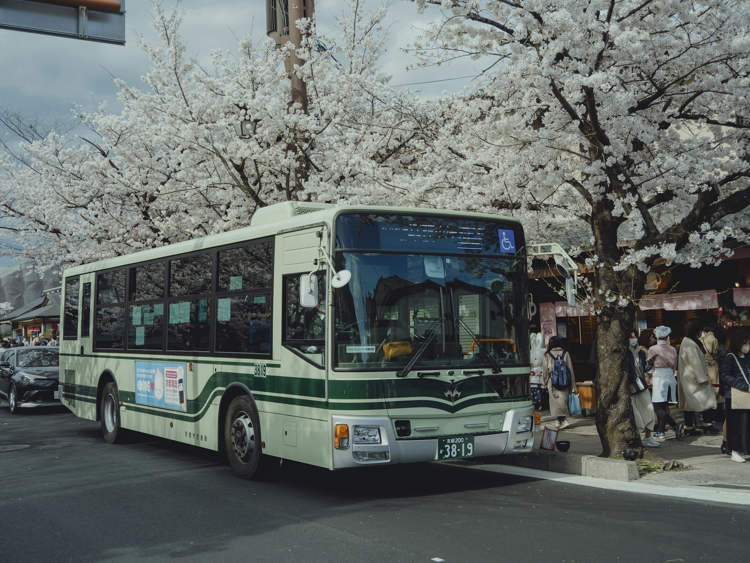Okunoshima is a small Japanese island, located in the Inland Sea of Japan, in the Hiroshima Prefecture. What’s special about this place is that it is completely crawling with rabbits – a bunny paradise of sorts. Nicknamed the Rabbit Okunoshima attracts thousands of animal lovers every year. Feeding bunnies can be one of the most relaxing pastimes, and people come here to do just that. The island is a popular day-trip and weekend holiday destination.
Okunoshima might be a place of natural beauty, but it has a dark, dirty past as well. In the early 20th century, it served as the base for the Imperial Army’s lethal gas operation. Over 6,000 tons of about 5 types of poison gas were manufactured on this very island between the years of 1929 and 1945. The mission was top secret back then, so Okunoshima was actually omitted from maps and workers were sworn to secrecy. Today, you can still see the ruins of these factories on the island. Given its history, there are several explanations of the unusually large number of rabbits in this place. Some sources say the furry animals were brought over during World War II, to test the effects of the poisonous gases. When the war ended, the workers are said to have released the rabbits into the wild. Other sources claim that a group of children were on a field trip at Okunoshima in 1971, when they left behind 8 bunnies. Well, we might never know how the first rabbits got on to the island, but they did their job well – copulating to make sure they left behind hundreds of their progeny to roam the island today. Hundreds might not sound like a lot, but on an island just 2.5 kilometers in circumference they make their presence felt.

Photo: Tumblr
The rabbits of Okunoshima are wild, but well accustomed to human presence. Sometimes they even approach tourists for snacks, especially during seasons when natural food sources are low, hopping on to laps much to the delight of visitors. Carrots, cabbage and rabbit feed (sold at the island hotel for about $1 a cup) are what they prefer the most. Rakuten, a travel company, offers a tour called ‘Let’s Play with Rabbits’, in English and Japanese. Most of the tourists who come to Okunoshima are animal lovers. Apart from roaming Japan’s dog and cat-cafes, this is a popular destination for them. Who could blame them? After all, an island full of bunnies is pretty hard to resist. Hunting the rabbits is strictly forbidden, and so is bringing cats and dogs on the island. If you fancy felines, you can visit Japan’s cat island, instead.

Photo: Laura Appleyard
Even though tourists flock to Okunoshima to see the rabbits today, the island’s poison gas legacy isn’t easily forgotten. Not only is the place home to the Poison Gas Museum, it also reeks of chemical contamination even today. The water supply in the island was found to contain arsenic in 1996. In 2005, the Environment Ministry reported that the level of arsenic in the atmosphere was 49 times the environmental standard. Of the 6000 workers who were employed between 1929 and 1945, many are said to have become ill and suffered respiratory problems at the time. Some are even rumored to have been involved in accidents that disfigured them horribly. The arsenic and mustard gas are said to have penetrated their bodies and created bubbles under their skin. The island has been declared safe for tourists now, but according to Masayuki Yamauchi, a volunteer who gives tours of Okunoshima’s factory ruins, there are 11 known locations on the island where workers buried gas after the war was over. These locations are sealed-off today, but many voices argue that the island isn’t safe for humans even today, given the fact that there was never any major decontamination operation. Tourists are generally advised to stay on official walkways and paths.

Photo: Laura Appleyard






